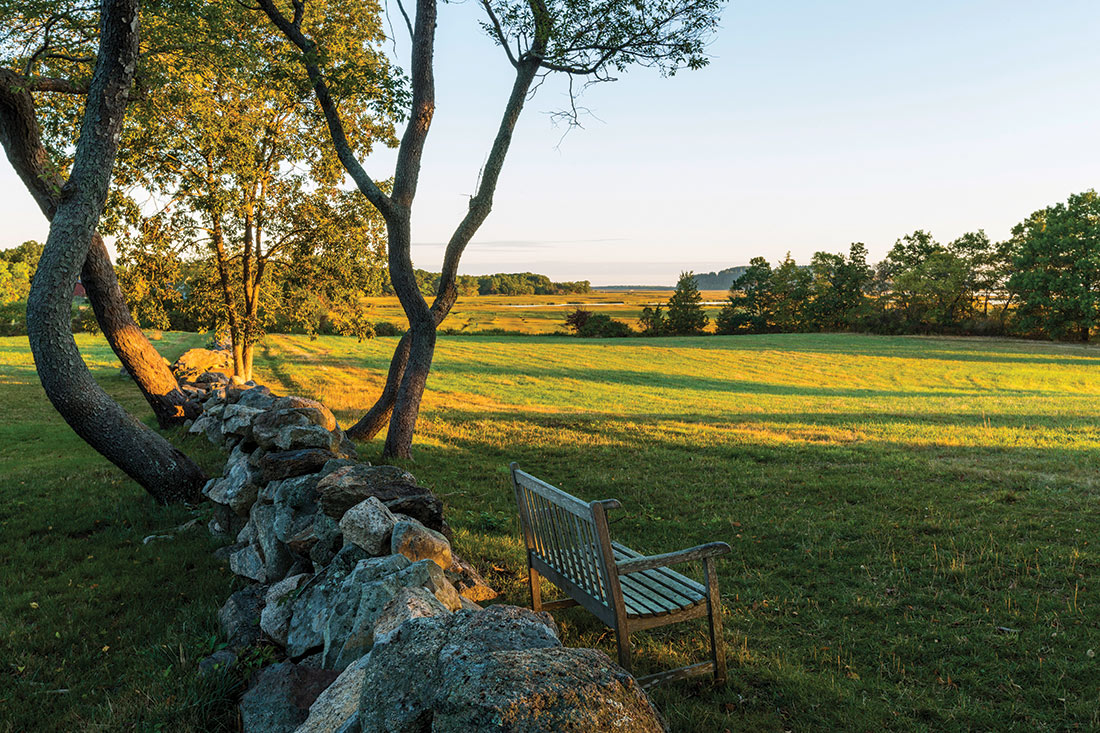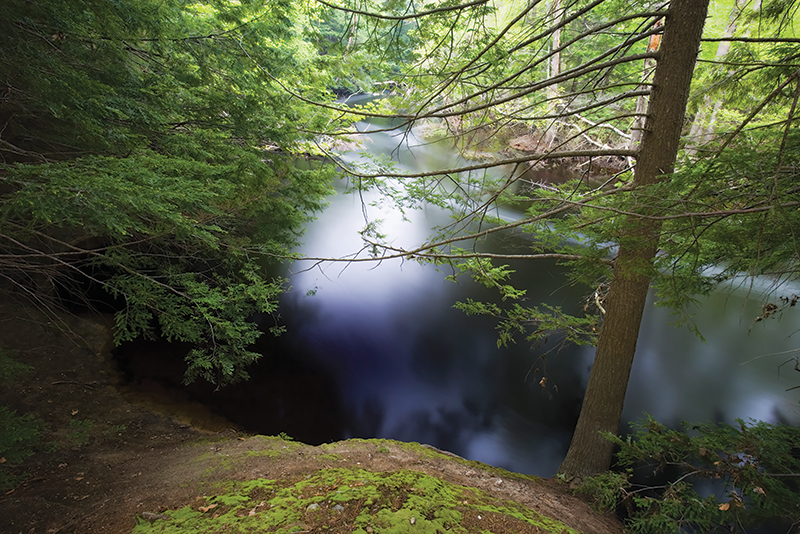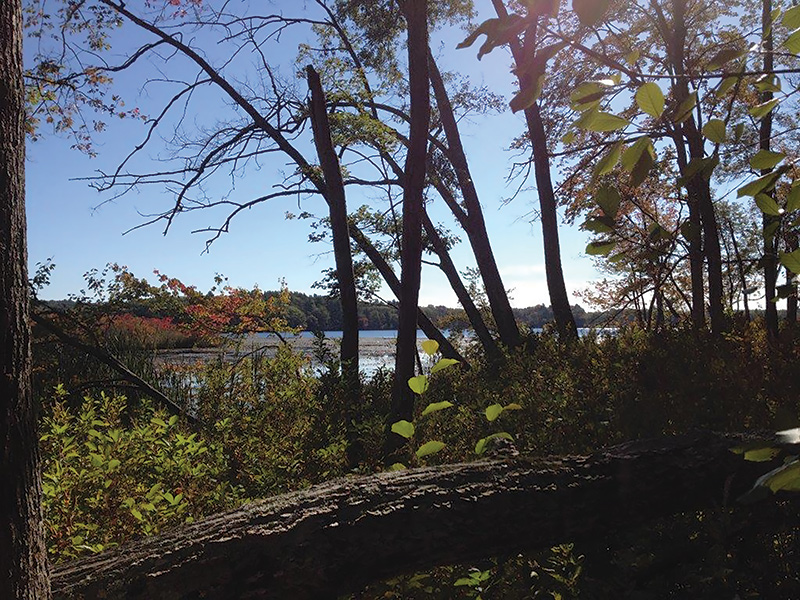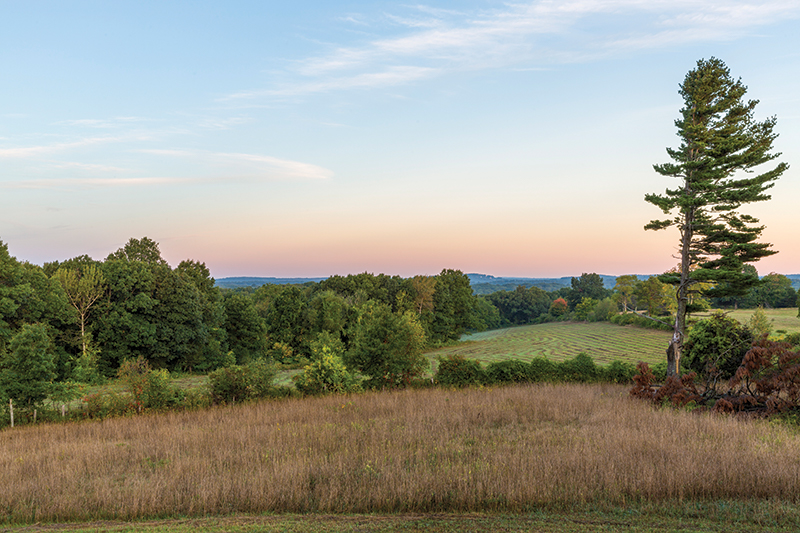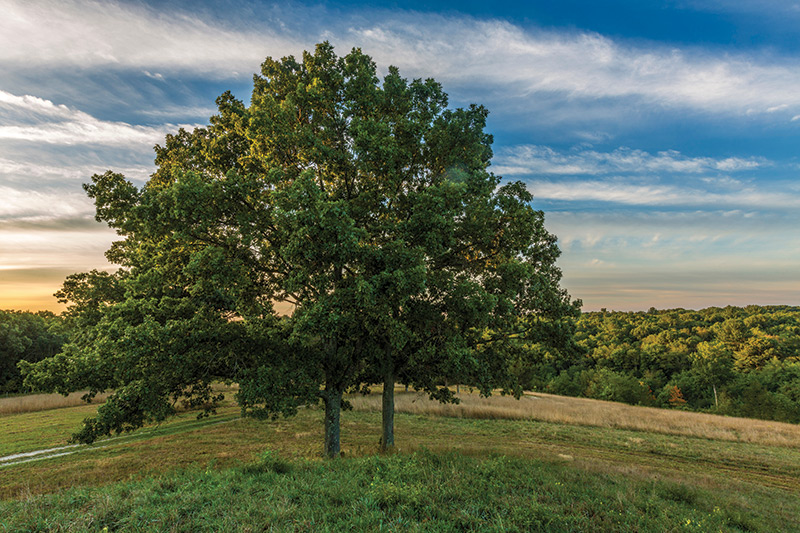There’s no time like the present to get outside in New England. After months of winter (and a year plus of a pandemic), being in nature, surrounded by greenery, is good for mind, body, and spirit. No matter where you find yourself along the North Shore, you are never too far from a space managed by Greenbelt, Essex County’s Land Trust. Greenbelt is responsible for a range of geographically and demographically diverse land within Essex county’s 34 cities and towns. From farmland to shorelines to marshes and wooded areas, there is so much to see and explore.

“Greenbelt partners with cities, towns, and the state of Massachusetts to conserve green spaces, leveraging funding to generate resources from other partners and individuals,” explains Greenbelt president Kate Bowditch. The work that Greenbelt does is an excellent example of how an organization can work in conjunction with municipal and state partners, as well as individuals to achieve a shared goal—in this case, conserving natural resources across Essex county.
Most recently, Greenbelt worked with West Newbury, Newburyport, and others on the conservation of 38 acres of the Artichoke River Woods, thanks to a mutual interest in environmental protection. In this instance, concerns about rising sea levels, storm flooding, and land conservation all came together. The Artichoke Reservoir supplies drinking water, and maintaining its quality is a high priority for local leaders.
This dovetailed nicely with Greenbelt’s goal of protecting land, which in turn helps absorb rainfall, something that if left unchecked has the potential to threaten water quality. Funding for this specific effort was also made possible by the Commonwealth’s Drinking Water Supply Grant program. The successful conservation of this land provides public trail access, protects drinking water and wildlife habitats, and provides opportunity for a climate resilient landscape.

Julia Bird Reservation in Ipswich. 
Bailey Reservation in Haverhill. Photograph courtesy of Greenbelt.
Established in 1961, Greenbelt is celebrating its 60th anniversary this year. To mark the occasion, it has committed to 60 walks on Greenbelt properties over the year. Not only does the goal of 60 walks serve as an inspiration and motivator for others to do the same, it’s been a great way for people to follow along with Bowditch’s journey as she makes videos that offer a real-time look at various properties. Explains Bowditch, “As I thought about the approaching anniversary and the times we are in, I thought this was a way that felt safe but also interesting. It was also such a contrast to the indoor, screen-time life we have all been living to some degree over the past year,” she says.
While it’s hard to highlight just a few locations, there are several standouts worth mentioning. One such property is the Allyn Cox Reservation, located on the Essex Marsh. This site is typically the location of Greenbelt’s popular Art in the Barn event, which is held in the original studio barn of artist and muralist Allyn Cox.

Sagamore Hill Conservation Area in Hamilton. 
John J. Donovan Reservation in Hamilton.
In West Newbury, the Indian Hill Conservation Area is a large property with a diverse landscape of wooded hillsides, open meadows, hilltop views, stone walls, and a longer set of trails for those looking to put together a substantial walk. In the western part of Essex County, along the Lawrence and Andover lines, is Den Rock Park, which has rock climbing and beaver dams on the southwest corner of the property.
In Haverhill, Bailey Reservation is a great place for children. It features an easy walking loop that follows along a beaver pond where evidence of beaver-chewed trees can be found. There are also wetlands rich with birds, frogs, and other wildlife.
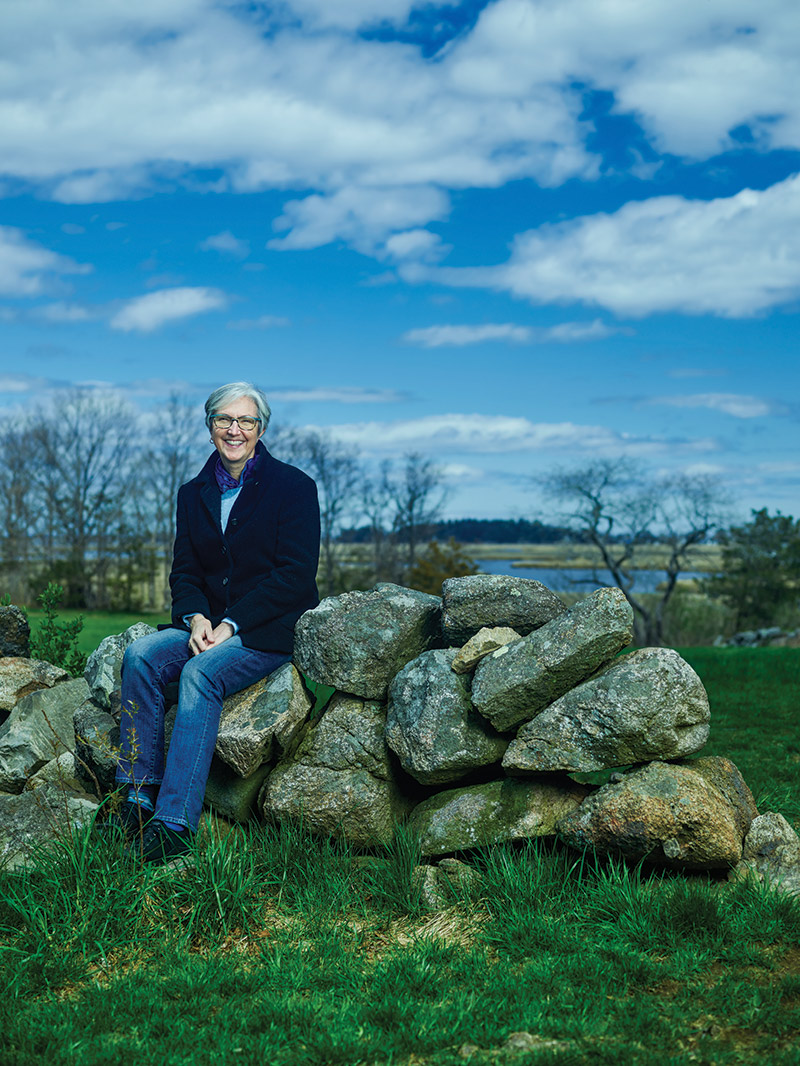
On Cape Ann in Gloucester is Seine Field, which has an all-access trail near the ocean. Bowditch says Greenbelt’s most popular property is probably Donovan Reservation and Sagamore Hill Conservation Area in Hamilton, which is “a wonderful combination of open fields, stone walls, and trails. It’s also a popular spot with equestrians and riders can be seen on a fairly regular basis. It has beautiful views from the top of the main hill, where you can see across to Ipswich Bay and out to sea,” she says.
The ECGA website is a valuable resource for anyone wanting to plan a local walk or hike, complete with videos, family-friendly trails, tips for spotting local wildlife, and more. The organization also sells a guidebook with four different sections of removable maps, so you can decide where to go and bring a specific map to guide you. The fresh air never felt so good. Get out there and experience it for yourself.
For more information, visit ecga.org.

